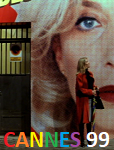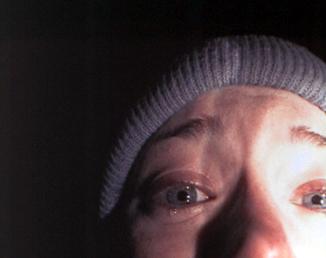

  |
| Photo © 1999 Lions Gate Films/Haxan Films |
| Awards: | |
| Cannes Film Festival: Prix de la Jeunesse | |
| Producers Guild of America: Most Promising Producer (Robin Cowie & Gregg Hale) | |
| Independent Spirit Awards: Best First Feature (Under $500,000) | |
| Permalink | Home | 1999 | ABC | Blog |